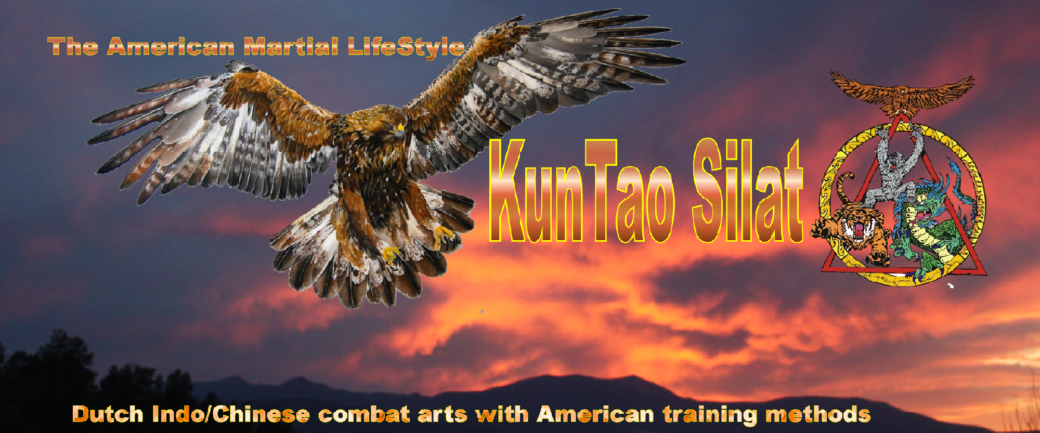Sticky Hands is a key exercise to developing applicable self defense skill in KunTao Silat. In the basic version, partners face one another toe to toe and try to touch/strike, unbalance, and apply locks and holds on one another all without taking a step. In more advanced play partners can move freely applying whatever techniques they like at the intensity they agree upon in Free Play, our version of free sparring.
In my experience this can seem a bit overwhelming for newer students who may not have a background in other martial arts with similar practices.
As such, I like to start beginners off by splitting Sticky Hands into the “Balance Game” and the “Striking Game.”
In the Balance Game we seek to build our structure while learning to feel for our partner’s, developing the sensitivity to notice gaps in alignment or balance that allow us to effortlessly cause them to take a step. This is much like the Push Hands of Tai Chi Chuan.
In the Striking Game, we focus on covering the Centerline running parallel to the spine along which our aorta and major organs lie. This gives a chance to get used to incoming blows.
Eventually the two skills are combined into Sticky Hands as Pak Steve teaches it. Gunting is added and the students move towards Free Play sparring.
The benefits of Sticky Hands could fill many volumes, but in short it allows us to experiment with applying techniques from the forms against a live target in a controlled setting, building the martial movements into our autonomic nervous system via our sense of touch. Touch is more directly connected to reflex than vision, and in close quarters where real life violence often occurs automatic response can be a lifesaver against movements we couldn’t see but can feel.
This is why we make time for Sticky Hands every class from the beginning, so that all KTS players can begin to benefit.
Happy training!
Dr. Jon
Discover more from KunTao Silat
Subscribe to get the latest posts sent to your email.

No comments yet.